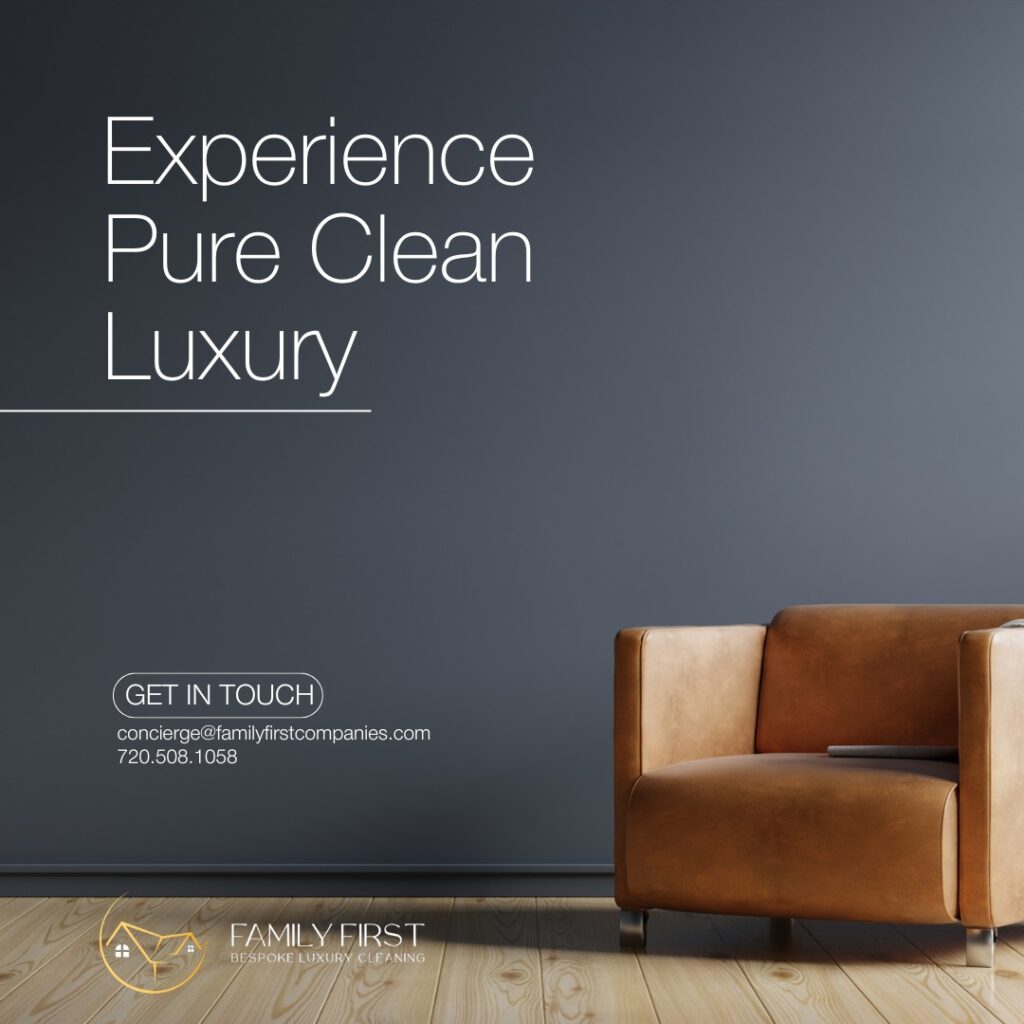Cleaning grease from walls is a common household challenge, especially in the kitchen, where cooking activities leave splatters and stains. The key to success is using effective cleaning methods that do not strip or damage the paint. This guide offers safe and straightforward techniques to help you tackle grease stains while preserving your painted walls.
1. Understanding the Nature of Grease Stains
Grease stains are especially tricky to remove because they repel water and bind to surfaces over time. Cooking activities like frying or sautéing release a fine mist of grease that lands on walls, cabinets, and even ceilings. Over time, this mist hardens, making stains more challenging to remove.
The longer grease sits on a painted surface, the harder it is to remove, and it may even start penetrating the paint. This can lead to discoloration and potential paint damage. Tackling grease promptly and using the correct cleaning methods is essential to prevent long-term damage.
2. Preparation Before Cleaning Grease from Walls
Before diving into the cleaning process, it’s essential to gather your supplies and take safety precautions. The correct tools and techniques will make the job easier and help avoid damaging your walls.
Safety Precautions
- Gloves: Wear rubber gloves to protect your hands from cleaning agents, especially when using commercial degreasers or other chemical solutions.
- Ventilation: Ensure good airflow by opening windows or turning on exhaust fans, especially if using strong-smelling substances like vinegar or ammonia.
- Patch Test: Always test any cleaning solution on a small, inconspicuous area of the wall. This ensures that it won’t react negatively with the paint.
Essential Supplies
Here’s a list of supplies you may need, depending on the cleaning method:
- Dish soap (a mild degreaser)
- White vinegar (natural grease cutter)
- Baking soda (abrasive and stain remover)
- Microfiber cloths (gentle on paint)
- Soft sponge or non-abrasive scrubber
- Spray bottle (for easy application)
- Optional: Non-toxic commercial degreaser for stubborn stains
Having these supplies on hand will allow you to approach each grease stain with the best solution for its severity.
3. Effective Methods to Remove Grease Without Damaging Paint
Different types of grease stains may require different cleaning techniques. Here are four safe, effective methods for removing grease without damaging your walls.
Method 1: Dish Soap and Warm Water
Dish soap is a gentle degreaser that can lift light grease stains without harming painted surfaces. Here’s how to use it:
- Mix the Solution: Combine a small amount of dish soap with warm water in a bowl or spray bottle.
- Apply Gently: Dip a microfiber cloth or sponge into the soapy water, wring it out to avoid dripping, and gently rub the grease stain in circular motions.
- Rinse and Dry: After the grease has lifted, use a clean damp cloth to wipe away any soap residue. Finally, dry the wall with a soft towel to prevent streaks.
This method is best for fresh or light grease stains and is a good first step for routine cleaning.
Method 2: Vinegar Solution
White vinegar is a natural and powerful grease remover that is safe for most painted surfaces.
- Create the Solution: Mix equal parts of white vinegar and warm water in a spray bottle.
- Spray and Soak: Lightly spray the vinegar solution on the greasy area and allow it to sit for a few minutes to break down the grease.
- Wipe and Rinse: Use a soft cloth to wipe the area, working in small circles. Rinse with a clean cloth dampened in water, then dry the wall.
This method is excellent for light to moderate grease stains, as the vinegar cuts through grease effectively without leaving residue.
Method 3: Baking Soda Paste
Baking soda is a mild abrasive that can tackle tougher grease stains without scratching the paint.
- Make the Paste: Mix baking soda with a small amount of water to form a paste.
- Apply to Stains: Apply the paste to the grease stain, using a sponge or cloth to spread it evenly. Allow it to sit for a few minutes.
- Scrub Gently and Rinse: Use a soft cloth to scrub the area in a circular motion, then rinse with a damp cloth to remove residue.
Baking soda is especially useful for stubborn spots, as its mild abrasiveness helps lift grease without harming the paint.
Method 4: Non-Toxic Commercial Degreasers
For particularly stubborn grease that won’t lift with DIY solutions, a non-toxic commercial degreaser may be necessary.
- Apply According to Instructions: Follow the manufacturer’s directions carefully, and apply only a small amount to avoid oversaturating the wall.
- Test First: As with any cleaner, test a small patch first to confirm it won’t damage the paint.
- Wipe and Rinse: Use a microfiber cloth to wipe down the area, and rinse with a damp cloth to prevent any buildup.
This method is ideal for severe grease stains and should be used sparingly to avoid wear on the paint.
4. Additional Tips for Stubborn Grease Stains
For old or deeply set stains, sometimes it’s necessary to use stronger cleaning solutions. Here are some additional methods:
- Diluted Ammonia Solution: Mix one part ammonia with three parts water. Apply carefully in a well-ventilated area, and rinse thoroughly.
- Trisodium Phosphate (TSP): For very stubborn stains, a solution of TSP and water can be effective, but it should be used with caution. TSP can discolor paint, so only apply it on highly resistant stains and follow it with a good rinse.
Remember to wear gloves and use these solutions sparingly to avoid damaging the paint.
5. Preventive Measures for Grease Stains on Walls
Preventing grease buildup on walls is the best approach to maintaining a clean kitchen. Here are some preventive tips:
- Wipe Down After Cooking: Get in the habit of wiping walls with a damp cloth after cooking. This quick step prevents grease from accumulating.
- Use Range Hoods and Ventilation: Turning on a range hood or kitchen fan during cooking helps prevent grease particles from settling on walls.
- Install Splashbacks: Splashbacks or protective panels around stoves and counters reduce the likelihood of grease landing on painted walls.
- Use Splatter Guards: When frying or sautéing, use splatter guards to catch grease before it hits the walls.
These simple measures can greatly reduce the frequency and difficulty of wall cleaning.
Removing grease stains from painted walls doesn’t have to be a daunting task. With the right techniques and solutions, you can effectively clean grease from walls without removing paint. Acting quickly, preparing the right supplies, and using gentle cleaning solutions are key to keeping your walls looking fresh and clean.
If you prefer professional assistance for tougher cleaning tasks, consider reaching out to Family First’s Longmont Cleaners for expert help. A professional cleaning service can save you time and effort, ensuring that your walls stay pristine without any hassle.


